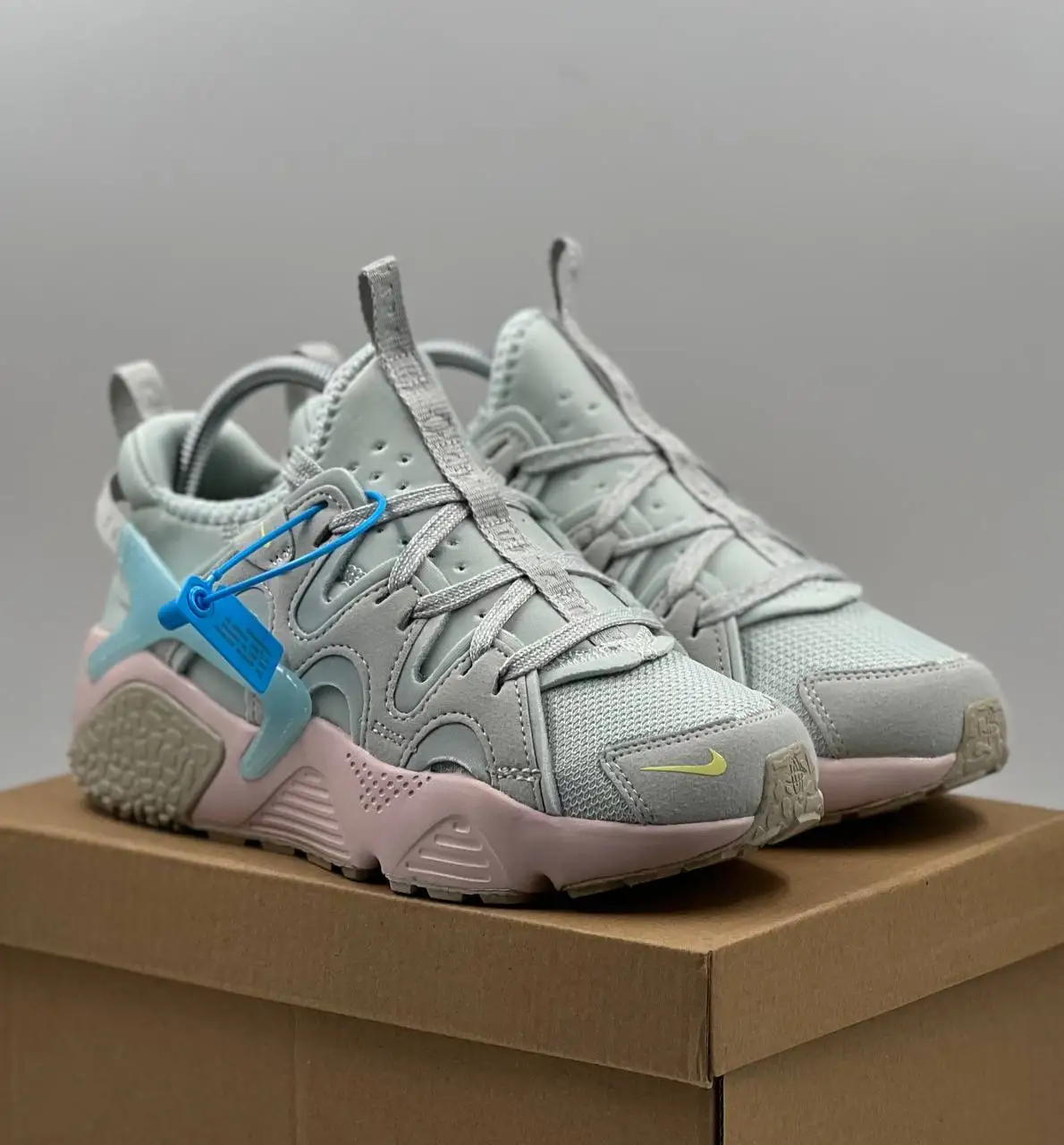Introduction:
Finding the Perfect Footwear for Your Weight Training Journey
When it comes to weight training, having the best shoes for weight training women’s can make all the difference in your performance and overall comfort. Women who are serious about their fitness goals understand the importance of proper footwear that provides support, stability, and traction during weightlifting sessions. In this comprehensive guide, we will explore the key factors to consider when choosing the best shoes for women’s weight training, helping you make an informed decision that enhances your workouts and minimizes the risk of injury.
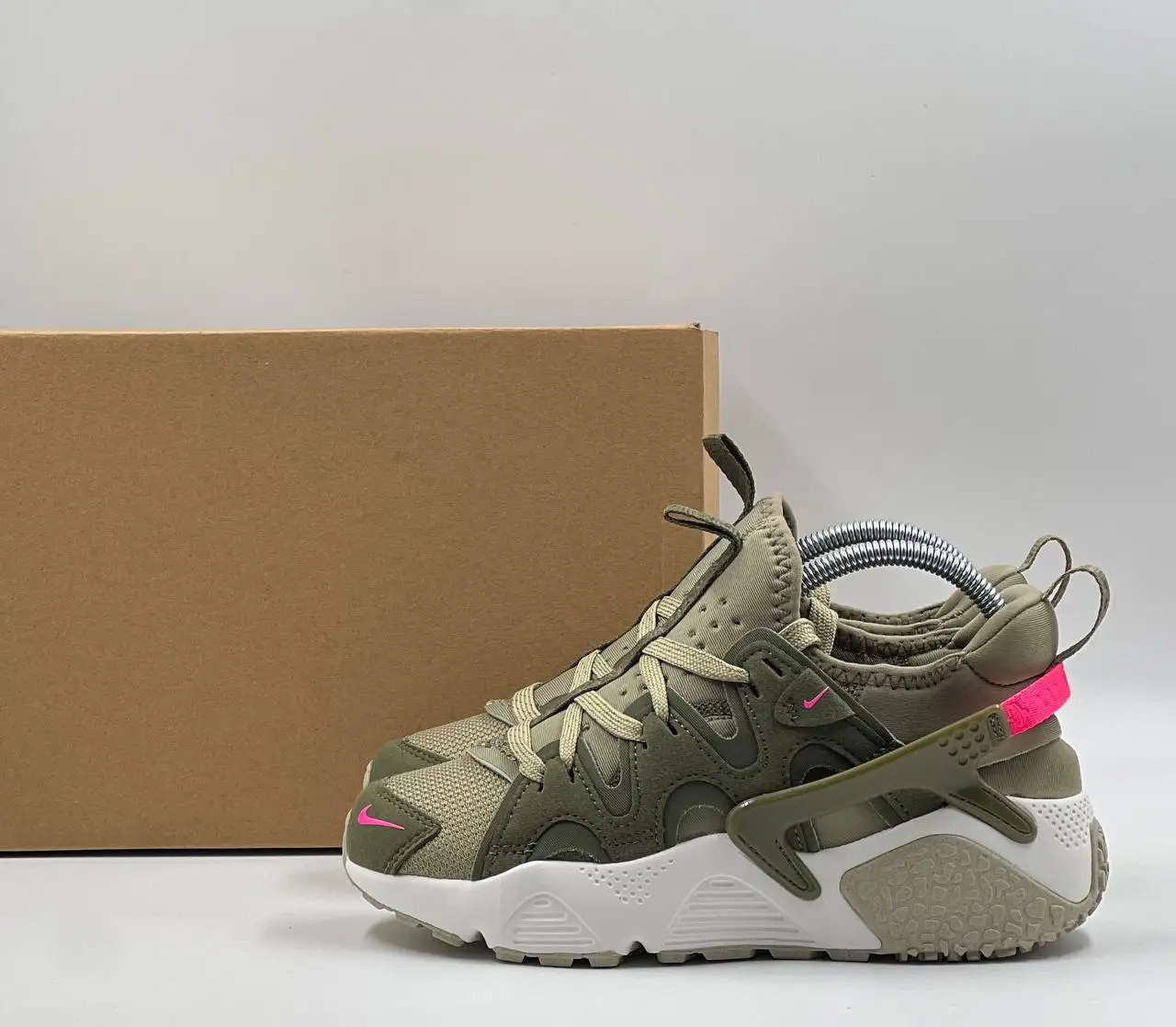
Understanding the Unique Demands of Weight Training
Weight training places specific demands on the body, requiring stability, balance, and proper form to execute movements effectively. The shoes you wear during weightlifting play a crucial role in providing the foundation for these movements, as they help distribute weight evenly, maintain proper alignment, and prevent slippage or instability. By choosing shoes designed specifically for weight training, you can optimize your performance, reduce the risk of injuries, and maximize the benefits of your workouts.
Key Features to Look for in Weight Training Shoes
- Flat Soles: When it comes to weightlifting, flat-soled shoes are essential for providing a stable base and maximizing ground contact. Flat soles help ensure proper weight distribution and balance during lifts, allowing you to generate power efficiently and maintain proper form throughout your workout.
- Supportive Construction: Look for weight training shoes with a supportive and durable construction that can withstand the rigors of heavy lifting. Shoes with reinforced heels and sturdy materials provide the stability and structure needed to support your feet during intense workouts, reducing the risk of injuries and discomfort.
- Secure Fit: A snug and secure fit is crucial when it comes to weight training shoes. Shoes that fit properly help prevent foot movement inside the shoe, minimizing the risk of blisters, hot spots, and instability during lifts. Opt for shoes with adjustable straps or laces that allow you to customize the fit to your liking.
Types of Weight Training Shoes for Women
- Weightlifting Shoes: Specifically designed for powerlifting and Olympic weightlifting, weightlifting shoes feature a raised heel that helps improve ankle mobility and squat depth. These shoes offer maximum stability and support for heavy lifts, making them ideal for women who focus on compound movements like squats, deadlifts, and overhead presses.
- Cross-Training Shoes: Cross-training shoes are versatile options that cater to a variety of activities, including weightlifting, cardio, and functional training. These shoes typically offer a good balance of stability, cushioning, and flexibility, making them suitable for women who engage in a mix of exercises during their workouts.
- Minimalist Shoes: Minimalist shoes are lightweight, flexible, and low-profile footwear options that promote natural foot movement and proprioception. While not specifically designed for weightlifting, minimalist shoes can be suitable for women who prefer a barefoot-like feel during their workouts and prioritize mobility and responsiveness over traditional support.
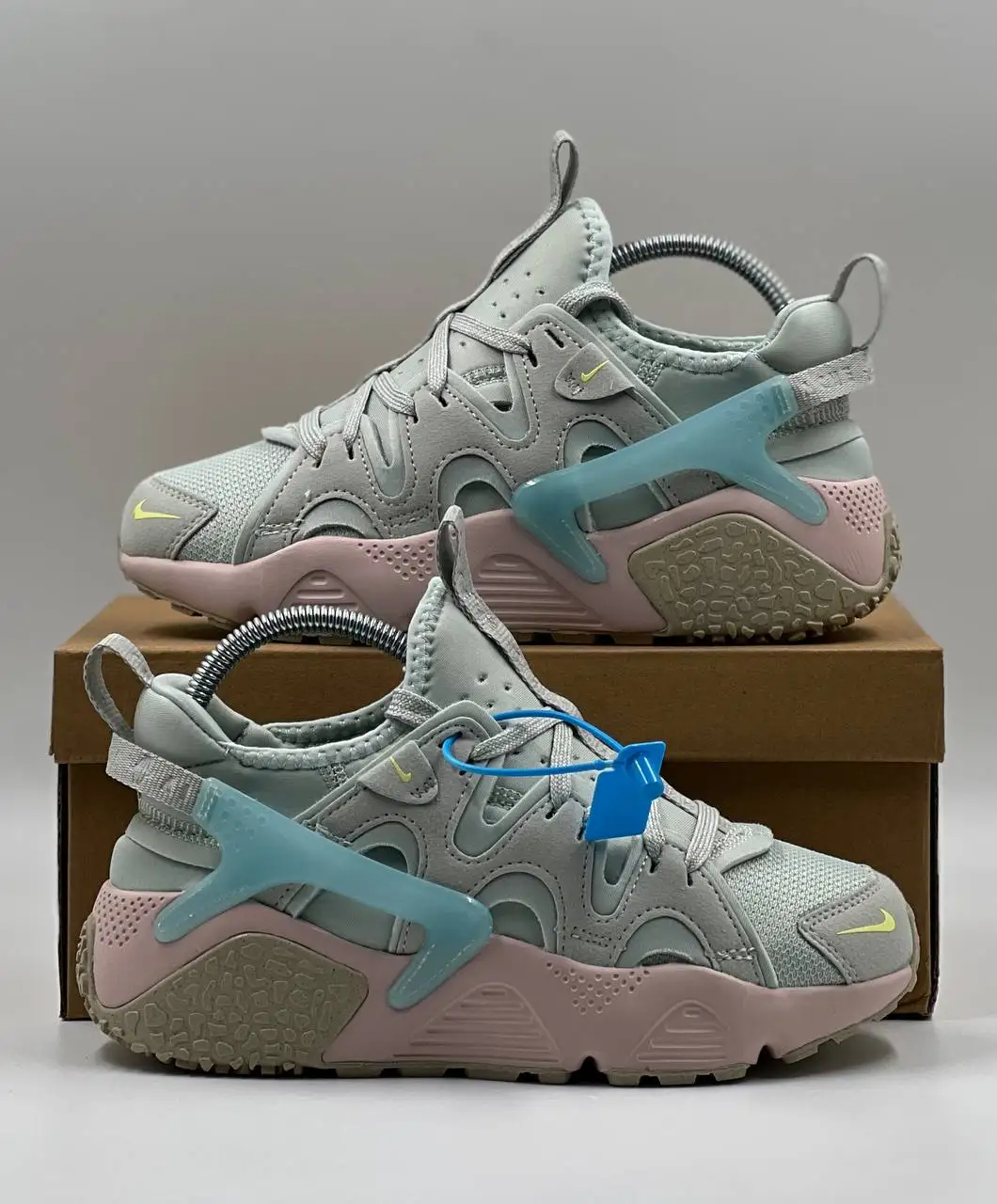
Benefits of Investing in Quality Weight Training Shoes
- Improved Performance: Proper weight training shoes enhance your performance by providing the support and stability needed to execute exercises with proper form and technique. With the right footwear, you can optimize your movements, increase your strength gains, and push yourself to new heights in your training.
- Injury Prevention: Wearing appropriate weight training shoes reduces the risk of injuries associated with improper footwear, such as ankle sprains, arch pain, and muscle strains. By investing in quality shoes that support your feet and ankles, you can train with confidence and peace of mind, knowing that your footwear is designed to keep you safe during intense workouts.
- Comfort and Durability: High-quality weight training shoes are not only supportive and functional but also comfortable and durable. By choosing shoes made from premium materials and designed for long-term use, you can enjoy lasting comfort and performance through countless workouts, ensuring that your footwear keeps up with your fitness journey.
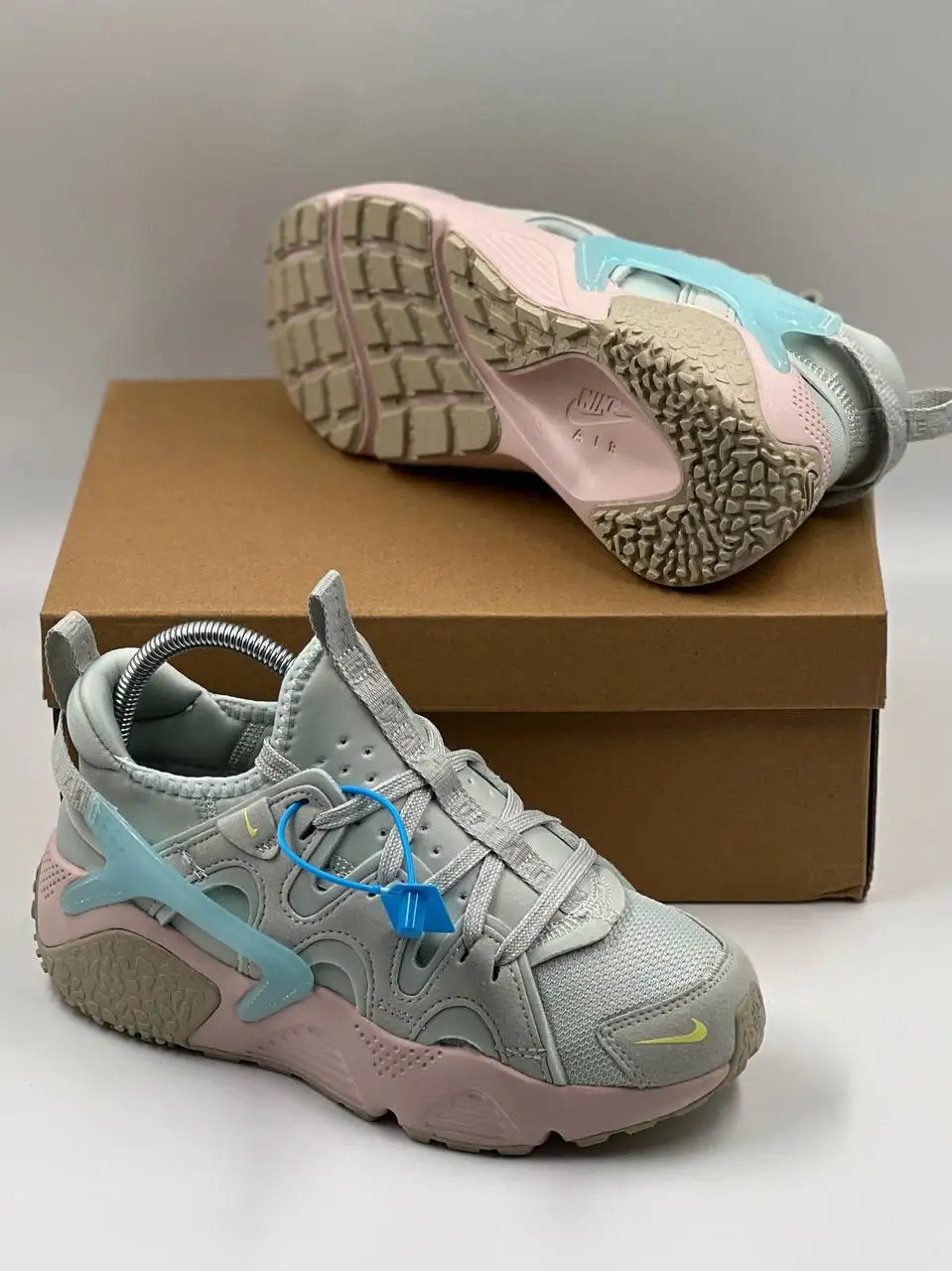
Tips for Choosing the Right Weight Training Shoes
- Try Before You Buy: When shopping for weight training shoes, it’s essential to try them on and walk around to assess comfort, fit, and support. Pay attention to how the shoes feel on your feet and whether they provide the necessary stability for your weightlifting movements.
- Consider Your Workout Style: Tailor your choice of weight training shoes to your specific workout style and preferences. If you predominantly focus on heavy lifts and strength training, opt for weightlifting shoes. For a more varied workout routine that includes cardio and functional exercises, cross-training shoes may be a better fit.
- Consult with Professionals: If you’re unsure about which weight training shoes are right for you, consider seeking advice from fitness professionals, trainers, or experienced athletes. They can offer valuable insights and recommendations based on your individual needs and goals, helping you make an informed decision that aligns with your fitness journey.
Additional Tips for Choosing Weight Training Shoes
-
- Breathability: Look for shoes with breathable materials to help keep your feet cool and dry during intense workouts. Proper ventilation can prevent moisture buildup and reduce the risk of blisters or discomfort, ensuring that your feet stay comfortable throughout your training session.
- Heel Support: Pay attention to the heel support provided by the shoes, especially if you perform exercises that involve heavy loads or require stability in the heel area. A well-cushioned and supportive heel can help absorb impact and provide added comfort during lifts like squats and deadlifts.
- Sole Grip: Consider the grip and traction of the shoe’s sole, particularly if you train on various surfaces or engage in exercises that require lateral movement. A grippy sole with sufficient traction can help prevent slipping and sliding, allowing you to maintain control and stability during dynamic movements.
- Ankle Mobility: If you have specific ankle mobility issues or limitations, choose shoes that accommodate your needs and promote proper alignment during weightlifting. Some weightlifting shoes feature adjustable straps or supportive structures that enhance ankle stability and mobility, aiding in performing exercises with correct form.
Style and Design: While functionality and performance should be top priorities when selecting weight training shoes, don’t overlook the importance of style and design. Choose shoes that reflect your personal taste and preferences, making you feel confident and motivated during your workouts.
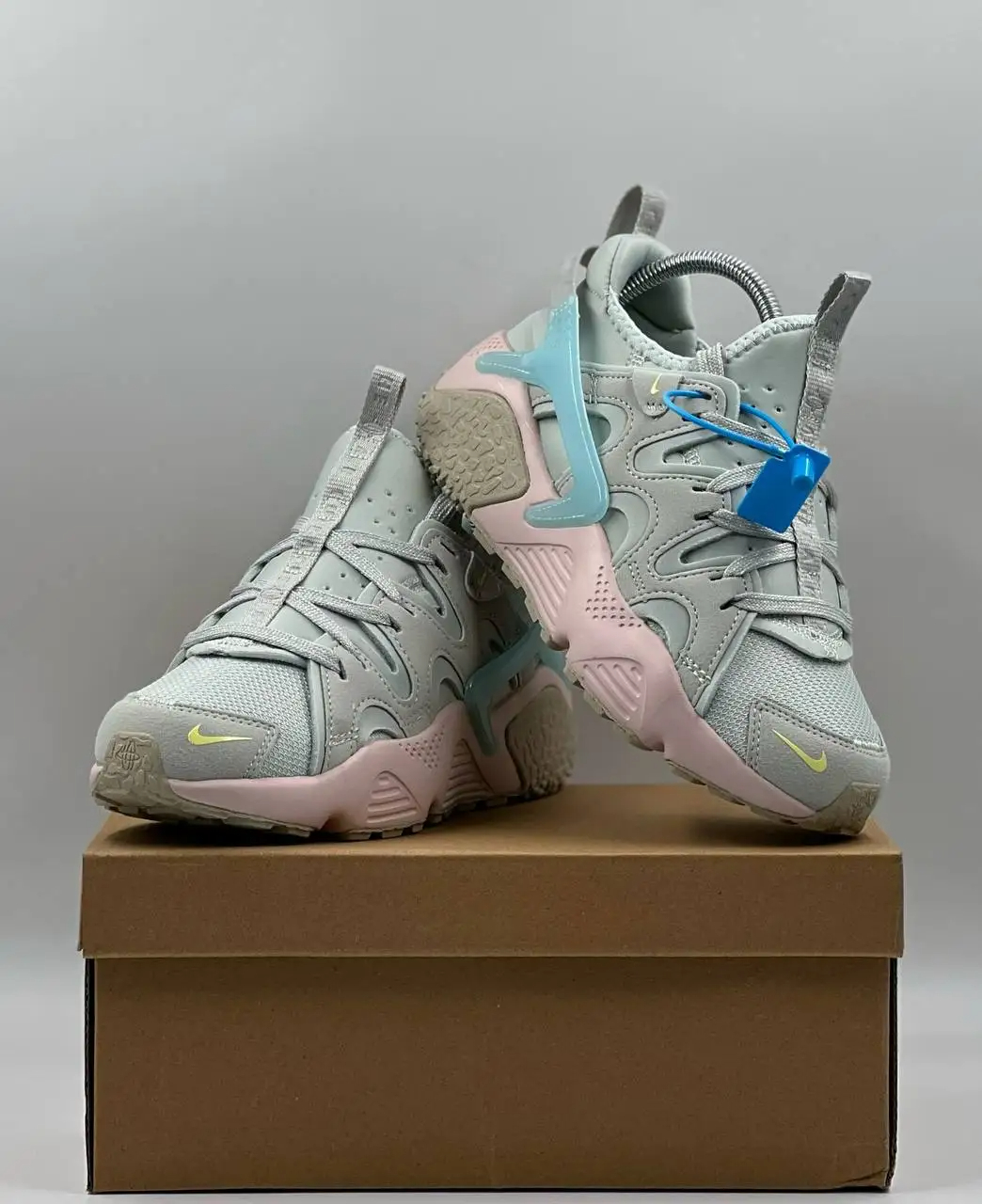
Conclusion:
Elevate Your Weight Training Experience with the Right Shoes
In conclusion, choosing best shoes for weight training women’s is a critical step in optimizing your performance, preventing injuries, and enhancing your overall workout experience. By selecting footwear that offers the right combination of support, stability, and comfort, you can elevate your weightlifting sessions and unlock your full potential in the gym. Whether you’re a seasoned lifter or just starting your fitness journey, investing in quality weight training shoes tailored to your needs can make a significant difference in the effectiveness and enjoyment of your workouts. Take the time to explore your options, consider the key features and benefits of each shoe type, and find the perfect pair that empowers you to conquer your fitness goals with confidence and style. Step into your next weight training session with the right shoes and set yourself up for success in achieving your strength and fitness aspirations.
